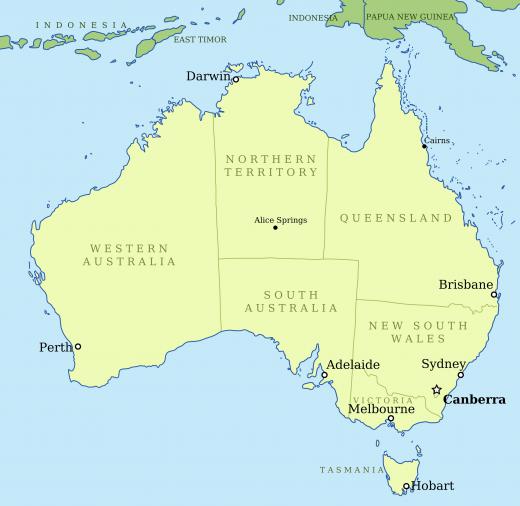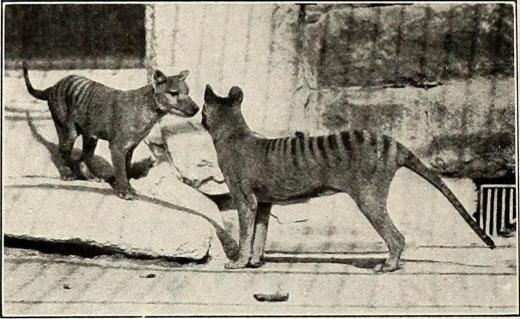What is a Marsupial Lion?
 Michael Anissimov
Michael Anissimov
The Marsupial Lion (Thylacoleo carnifex) is an extinct meat-eating marsupial from Australia which lived between 1,600,000 and about 40,000 years ago. It is considered one of the most specialized mammalian carnivores ever to have lived. Australian paleontologist Stephen Wroe has claimed it would have defeated an African lion in a fight to the death, based on analysis of its skeleton and its inferred killing style. The Marsupial Lion was the largest marsupial carnivore ever to exist in Australia, about the size of a female African lion or a tiger.
The Marsupial Lion was a robust animal, with powerful jaws and forelimbs. Like another extinct marsupial carnivore, the thylacine, the Marsupial Lion had a jaw that could open larger than any mammals and gave more room for the attachment of jaw muscles. Based on extrapolations from its skull, scientists have determined that, pound for pound, the Marsupial Lion had the strongest bite force of any mammal. Its "bolt-cutter" canines would have been able to bite directly through bone, while its distinctive feature -- massive carnassals, or cheek teeth, would have inflicted massive trauma upon this victim. This usage is distinct from that of all other extant carnivores, which use their carnassals for post-kill butchering rather than killing tools.

The Marsupial Lion's large canines are reminiscent of the canines of saber-tooth tigers, and the large canine motif has indeed evolved independently on several different occasions throughout the evolution of mammalian carnivores. Despite being called a "lion," the Marsupial Lion was not closely related to placental carnivores like African Lions -- their last common ancestor lived over 125 million years ago. As a marsupial, the Marsupial Lion achieved its form using an entirely different evolutionary trajectory than placental lions, though the two do have convergent features, such as skull similarities.

The Marsupial Lion was obviously overengineered for capturing prey like kangaroos, the largest animals in Australia today. It seems likely that it hunted larger prey that is now extinct, like giant wombats (Diprotodon), which were ten feet (3 m) tall, six feet (2 m) long, and weighed up to three tons. Great strength and ferocity would be necessary to bring down such prey, which had a significant size advantage over the Marsupial Lion.
The Marsupial Lion disappeared 40,000 years ago. Like most other animals that went extinct around this time, humans are the most probable culprit.
AS FEATURED ON:
AS FEATURED ON:













Discuss this Article
Post your comments